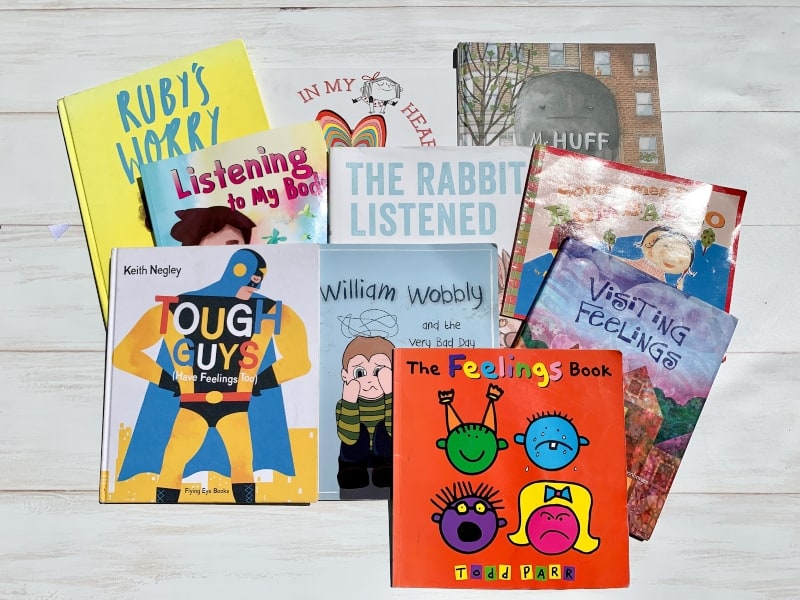
10 picture books about feelings which help develop emotional literacy
Updated 28 December 2022
Today I’m sharing my 10 favourite children’s books about managing emotions.
In recent times there’s been a great deal of interest in helping children learn to manage their emotions and picture books can be very helpful in supporting them as they learn to understand and to regulate their big – and sometimes tricky – feelings.
These are the books I use regularly in the classroom with a variety of age groups. I use them as the focus for discussions about feelings/emotions and they always prompt some wonderful thinking around what emotions are, why we have them, why they are sometimes scary and hard to control and how we can learn to manage them. I’ve found that, with our patience and help, even very young children are able to tune in to and talk about their feelings.
So how do we begin helping children to understand and manage their emotions?
The starting point is helping them develop a set of skills that together we call emotional literacy.
What is emotional literacy?
So what is emotional literacy?
Emotional literacy is basically the ability to understand and express our feelings in healthy ways.
Interestingly, babies start to develop emotional literacy from birth as they experience different emotional states and begin to recognise how these feel in their bodies. Given the right environment, as they grow, they learn to recognise, identify and talk about their own emotions.
It is on this foundation of emotional literacy that a child will eventually learn to recognise, identify and show empathy for the feelings of others. This is really important and something that’s often poorly understood. Children cannot develop empathy unless they’ve first developed the ability to understand their own emotions.
It’s also important to understand that developing emotional literacy requires the support of caring adults. Children need to learn the vocabulary which will enable them to talk about their emotions and they learn this from the adults around them. Crucially, they also need their parents, teachers and carers to understand how emotions work and to support them as they learn to manage their big, difficult emotions.
Now, if you’re like me, you may have grown up with little or no understanding about the importance of our emotions, how they work or how to manage them. This experience is pretty common. It’s only fairly recently that we’ve begun to understand that babies and children even have emotional needs, much less how parents and carers can help to meet those needs. And it’s becoming increasingly clear that this lack of attention to children’s emotional wellbeing is what underlies the difficulties many of us encounter as adults when it comes to understanding and managing our emotional states: we simply never learnt how to do this when we were kids.
You can read more about how to nurture children’s emotional and mental health here.
Happily, there’s now a lot of information around about emotional literacy and how to support children as they develop these skills. Enter, a range of wonderful picture books about feelings and children’s books about managing emotions!
Social-emotional development in children
Of course, children don’t always learn these things in this order and that’s OK. But, if you think about it, this rough sequence of learning about our feelings makes sense.
- Everybody experiences a range of feelings at different times;
- All feelings/emotions are normal and OK;
- I experience feelings in my body. These relate to my emotional states;
- I can notice tricky feelings like anger, sadness, fear and worry when they start to happen in my body;
- I can name and talk about how I’m feeling;
- Feelings come and go. They don’t stay forever;
- Big feelings like anger, sadness, fear and worry can be scary;
- Ignoring or pushing difficult feelings away can make them seem bigger and usually makes us feel worse;
- Our difficult feelings don’t need to be fixed. Sometimes we just need someone to sit with us while we experience them;
- Noticing our feelings, accepting them, naming them, talking about them or just sitting with them makes them feel less scary and helps them to pass;
- There are things I can do to calm my big, tricky feelings. I can tell someone, name the feelings, practise my deep breathing or jump on the trampoline;
- I’m always a good person, even when I have difficulty managing my big, tricky emotions;
You can use the children’s books about managing emotions I’ve reviewed here to help your children learn these things.
Sharing children’s books about managing emotions
These books are best suited to sharing with children aged between four and about 10. I’ve also read them to children in Year 5 and 6 (11-12-year-olds).
If you’d like to read all of them with your child (or with your class), my suggestion is to read them in the order they appear here. The learning about emotions is sequential and it is helpful to build on discussions you’ve already had as you read each book.
For each book, I’ve added information about the learning that’s most likely to arise from reading it with your child.
1. The Feelings Book
The Feelings Book is a colourful, funny look at feelings for little ones from babies to five-year-olds. It comes in hardcover, paperback and board book versions and is a great first book for little ones if you’re looking to start your child’s emotional literacy journey. My Kindy kiddos love this book and it’s great for starting the conversation about how we all have feelings, all feelings are OK and our feelings change all the time. If you’re familiar with Todd Parr’s books, you’ll recognise his trademark bold, bright illustrations and silly scenes which young children adore.
Helps to teach:
- Everybody experiences a range of feelings at different times;
- All feelings/emotions are normal and OK;
2. In My Heart
In My Heart is a beautiful hardcover book which explores emotions, explaining in lyrical text what an emotion feels like, physically, inside:
When I get really angry, my heart feels like it’s going to explode! Don’t come near me! My heart is yelling, hot and loud. This is when my heart is mad.
This is a great book to read to children from babyhood but toddlers and children up to about seven really, really love it. When I read it aloud, I exaggerate the facial expressions and vary my tone to match the emotion I’m reading about. Children love this and it helps them to connect the emotion with the way they might see it expressed by other people and to the way it feels in their bodies. We have lots of talks about that!
I’ve actually read this book to 11- and 12-year-olds too and I find it really helps them to open up and talk about their feelings. For toddlers, the book gives them the language to help them identify and articulate their own emotions. A beautiful and engaging feature of this book is the die-cut heart which appears on the cover and on the right-hand side of each spread, decreasing in size and creating a multi-coloured heart throughout the depth of the entire book.
Helps to teach:
- Everybody experiences a range of feelings at different times;
- All feelings/emotions are normal and OK;
- I experience feelings in my body. These relate to my emotional states;
3. Tough Guys (Have Feelings Too)
This is almost like a wordless picture book because the pictures really do tell the story. The text is sparse and simple which leaves lots of space for discussion about emotions. Basically, the book shows a series of images of traditional ‘tough guys’: a boxer, an astronaut, a superhero and so on. Each is shown in a situation where he is obviously feeling lonely, sad, frustrated or hurt. The accompanying text says that these tough guys have those feelings too, no matter how strong or brave they are. The final image shows a man snuggled up to a little boy as they read together on a bed with the words: And it’s ok to show them … just like these tough guys, who love each other very much.
This book provides lots of opportunities for discussing what is happening for each of the men, how they might be feeling and why. When I read this book to children I also ask them whether they think men and boys feel different feelings to girls and women and this usually leads to some very interesting chats about the messages the children have picked up from the world around them. Sometimes the messages are ones like ‘boys shouldn’t cry’ or ‘being brave means you’re never afraid’ so we talk about how everybody feels sad sometimes and it’s ok to cry when you feel sad.
Don’t miss the endpapers of this book (the pages before and after the story). They endpapers in this book are gorgeous and it’s interesting to find out what children think about the differences between the endpapers at the front and those at the back. They’re a bit different, but why?
Helps to teach:
- Everybody experiences a range of feelings at different times;
- All feelings/emotions are normal and OK;
4. Listening to My Body
Listening to My Body is the most detailed, practical and probably the best of all the children’s books about managing emotions I’ve read. Importantly, it begins by discussing the fact that our emotions are felt in our bodies through sensations such as clammy hands, a gnawing feeling in the stomach, a hot face and rapid breathing. This is important because, even for many adults, there’s a disconnect between the feelings we can name and the sensation we feel in our bodies. Building children’s understanding of the connection between the two is an important step if we want them to understand and be able to manage their difficult emotions.
So, this lovely book guides children through the practice of noticing and naming their feelings and the physical sensations that accompany them so they understand how they feel and can talk about those feelings. A big goal of this book is to help children develop a sensations vocabulary via a series of easy, child-friendly mindfulness activities woven throughout the book. These activities are fun and reinforce the teachings. Practicing them with your children will help them build their capacity to be mindful, to regulate their emotions and to develop emotional resilience so they can show kindness to themselves, especially when they experience strong emotions.
Helps to teach:
- Everybody experiences a range of feelings at different times;
- All feelings/emotions are normal and OK;
- I experience feelings in my body. These relate to my emotional states;
- I can notice tricky feelings like anger, sadness, fear and worry when they start to happen in my body;
- I can name and talk about how I’m feeling;
- Feelings come and go. They don’t stay forever;
- Noticing our feelings, being curious about them, accepting them, naming them, talking about them or just sitting with them makes them feel less scary and helps them to pass;
- There are things I can do to calm my big, tricky feelings. I can tell someone, name the feelings, practise my deep breathing or jump on the trampoline;
5. Visiting Feelings
Visiting Feelings is a book about paying mindful attention to our feelings. Like the other books I’ve reviewed, its message is that all feelings – even the difficult ones that can be tricky to manager – are normal and ok. It encourages children to treat their feelings like guests – to welcome them in, get to know them and to perhaps learn why they’re visiting. It’s a beautiful, lyrical book which gently asks:
Do you have a feeling that’s visiting today?
Can you open your door and invite it to play?
At the end of the book there is additional information about emotional awareness and mindfulness, plus practical advice and activities for introducing mindfulness into your family’s daily routine.
Helps to teach:
- Everybody experiences a range of feelings at different times;
- All feelings/emotions are normal and OK;
- I experience feelings in my body. These relate to my emotional states;
- Feelings come and go. They don’t stay forever;
- Noticing our feelings, being curious about them, accepting them, naming them, talking about them or just sitting with them makes them feel less scary and helps them to pass;
6. Sometimes I’m Bombaloo
This short, sweet book is also very funny, despite its important message about how anger builds up in our bodies and how scary it can feel. I find that children really identify with the main character, Katie, and love the humour in the book. The book is basically about anger.
Sometimes I’m Bombaloo is a simple story about a little girl called Katie who’s ‘a really good kid’ and can do lots of things on her own. But sometimes, when hard things happen, Katie turns into an angry, fierce, yelling person she calls ‘Bombaloo’. When that happens she can’t think. She’s out of control and just wants to yell. The illustrations in this book are gorgeous and I’ve never yet met a 5-7-year-old who doesn’t love this book!
Helps to teach:
- I experience feelings in my body. These relate to my emotional states;
- Big feelings like anger, sadness, fear and worry can be scary;
- I’m always a good person, even when I have difficulty managing my big, tricky emotions;
7. Mr Huff
I love Anna Walker’s books and Mr Huff is a delight. This story is about a little boy called Bill who wakes up one morning feeling a bit sad. The illustrations in this book are wonderful and the sad feeling is shown as a greyish cloud which gets bigger as Bill gets ready for school and everything seems to go wrong. At school, the feeling grows bigger until it becomes a large being who Bill calls Mr Huff. All day, Bill tries to ignore and push Mr Huff away but he just keeps getting bigger. Eventually Bill stops trying to ignore or push Mr Huff away, takes him by the hand and makes friends with him and we see Mr Huff gradually get smaller and smaller. This really is such a beautiful book and children adore it. The message, of course, is that, when you have a sad or wobbly feeling inside, accept it gently, make friends with it and it will go away. This book is basically about sadness.
Helps to teach:
- Big feelings like anger, sadness, fear and worry can be scary;
- Ignoring or pushing difficult feelings away can make them seem bigger and usually makes us feel worse;
- Noticing our feelings, accepting them, naming them, talking about them or just sitting with them makes them feel less scary and helps them to pass;
8. Ruby’s Worry
I love Tom Percival’s books and Ruby’s Worry is another delight. In many ways it’s similar to Mr Huff and to Sometimes I’m Bombaloo, although here the main character, Ruby, feels worried, instead of sad (Mr Huff) or angry (Sometimes I’m Bombaloo). Initially, Ruby’s worry is very small but it grows bigger and stops her doing the things she enjoys. As with Billy’s sadness in Mr Huff, Ruby’s worry is depicted as a character, although the worry is yellow, whereas Billy’s sadness is grey. Eventually, Ruby notices a boy who also has a worry. She and the boy talk and soon both of their worries disappear. This is a very simple, colourful book which is great for opening up the conversation about worrying. This book is basically about worry/anxiety which is really fear.
Helps to teach:
- Everybody experiences a range of feelings at different times;
- I can name and talk about how I’m feeling;
- Feelings come and go. They don’t stay forever;
- Ignoring or pushing difficult feelings away can make them seem bigger and usually makes us feel worse;
- Noticing our feelings, accepting them, naming them, talking about them or just sitting with them makes them feel less scary and helps them to pass;
9. The Rabbit Listened
The Rabbit Listened is as much a book for adults as it is for children. I actually think this is quite a special book for a number of reasons. First, the gender of the child in the story, Taylor, is not given. This makes the story equally relatable for boys and for girls and helps to make the emotions the focus of the story. Second, the illustrations are adorable. Third, the text is spare and poignant but beautifully conveys the message that, when we experience sadness and frustration, we usually don’t want other people to fix the problem or to try to make us feel better. Often – usually – what we need is someone to acknowledge our feelings and sit with us while we experience them.
Although this is ostensibly a book for younger children, I’ve read it with 11-12-year-olds and we’ve had some lovely discussions about it. It really is a beautiful book for all ages, including adults.
Helps to teach:
- Feelings come and go. They don’t stay forever;
- Noticing our feelings, accepting them, naming them, talking about them or just sitting with them makes them feel less scary and helps them to pass;
- Our difficult feelings don’t need to be fixed. Sometimes we just need someone to sit with us while we experience them;
10. William Wobbly and the Very Bad Day
William Wobbly and the Very Bad Day is part of a series of books written by Sarah Naish and her adopted daughter, Rosie Jefferies, with adopted and foster children in mind. However, there’s only one brief reference in the book to adoption and I’m sharing it here because I find that this book speaks to all children (and, if you like, you can gloss over the one reference when you’re reading). Sarah Naish works with families whose children have experienced trauma and who therefore operate at a much younger emotional age than other children of the same chronological age. William is one such little boy and he often has difficulty managing his emotions. One day, as his adopted mum drops him off at school, William begins to feel ‘wobbly’ inside and is quickly overwhelmed when another boys laughs at him. He hits the other boy and then a teacher and ends up outside the Principal’s office, waiting with his mum. Fortunately, mum knows that William has a good heart and is still learning to manage his emotions and she’s there to support and reassure him.
Helps to teach:
- I experience feelings in my body. These relate to my emotional states;
- Big feelings like anger, sadness, fear and worry can be scary;
- I’m always a good person, even when I have difficulty managing my big, tricky emotions;
|
I hope you’ve enjoyed reading about my favourite children’s books about managing emotions. If you’re on Instagram, please do come and share your favourites and tag me @thebookbasketco so I can see!
* This blog post contains affiliate links. If you click through and make a purchase, I will earn a small commission (at no extra cost to you). All the books I link to are quality texts I've read and enjoyed. In most cases I also use them in the classroom.
To save this post for later, pin the image below:
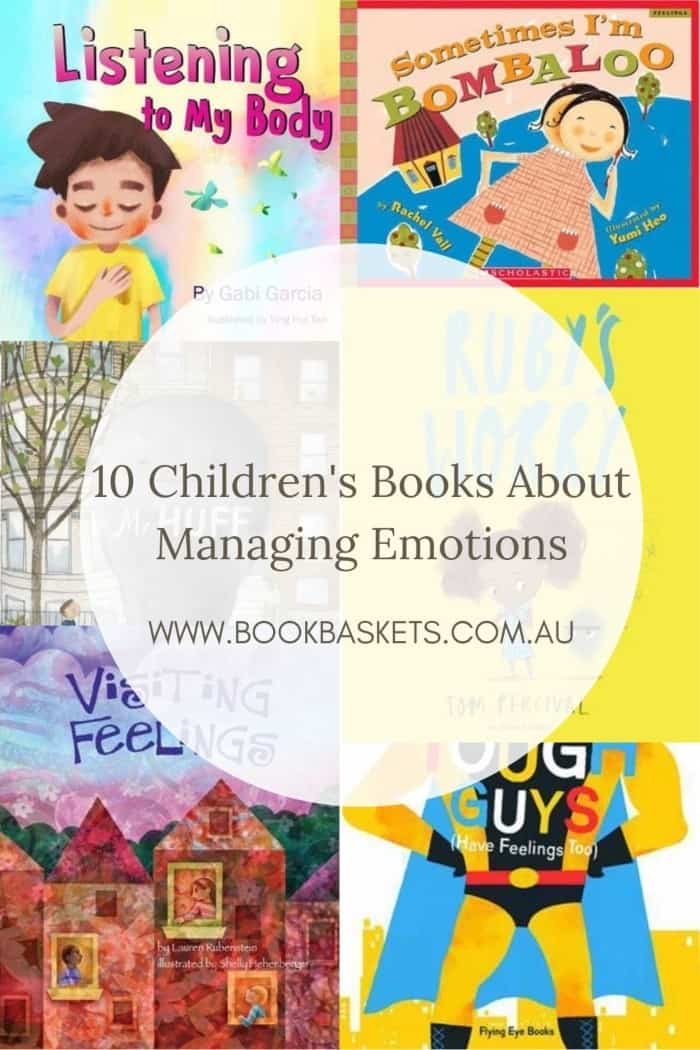
Over to you
Do your children have any favourite children’s books about managing emotions?
Have I missed one of your favourite picture books about feelings?
I’d love to hear what you think so drop me a line in the comments.
1 Comment
Submit a Comment

I’m Felicity - a parent to three young humans and a primary school teacher who loves books.
I’m passionate about helping parents discover the joy of reading to their little ones and I love helping you discover quality picture books to share with the babies and small humans in your lives.
I also create gift baskets and Little Book Gifts filled with the very best books for children from newborns to four-year-olds. You can check them out here.
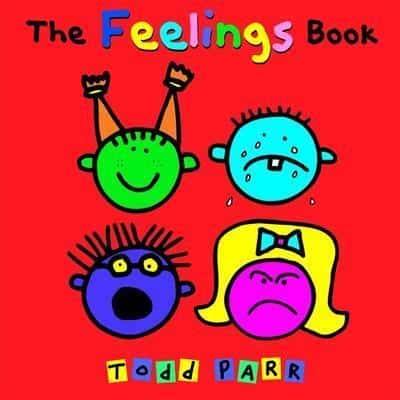
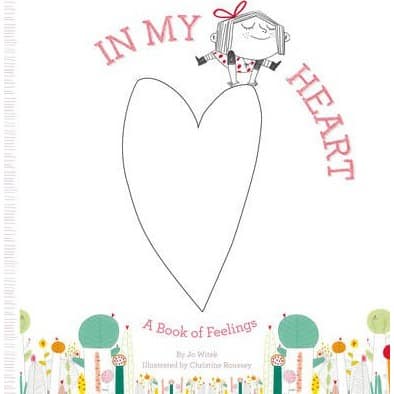
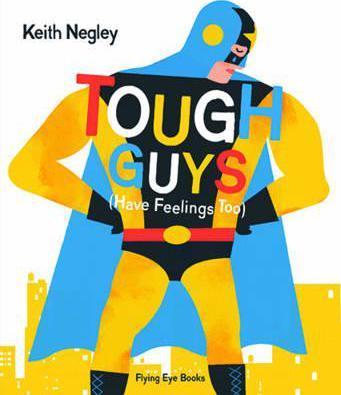
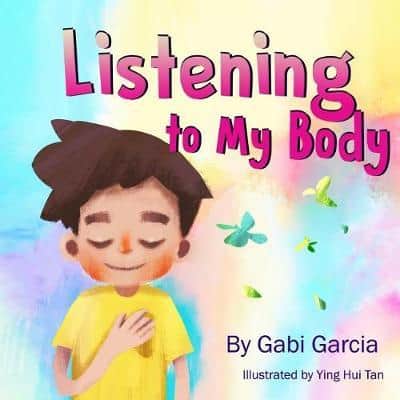
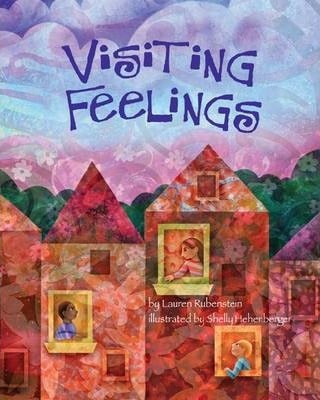
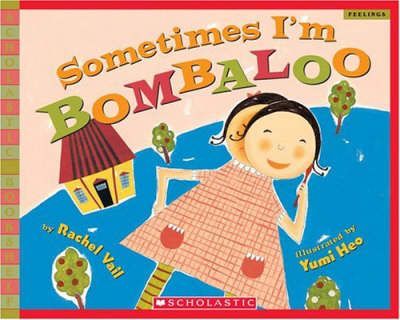
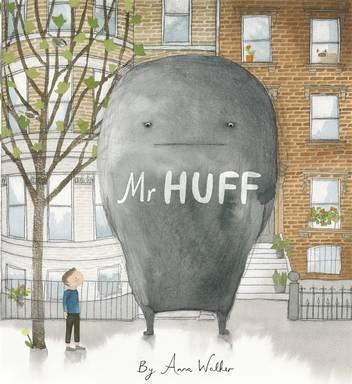
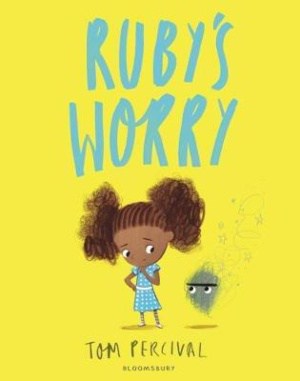
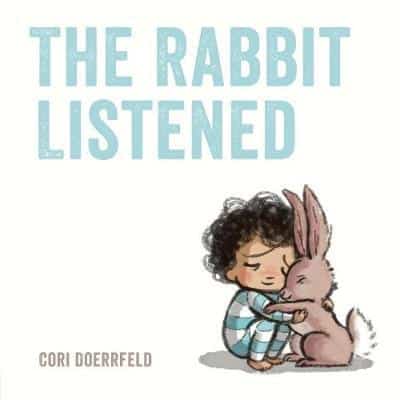
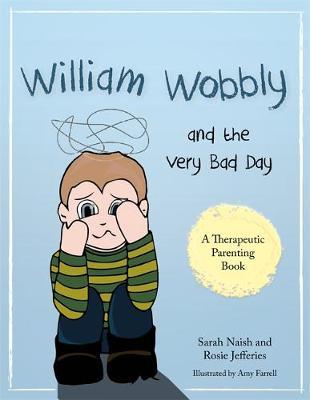
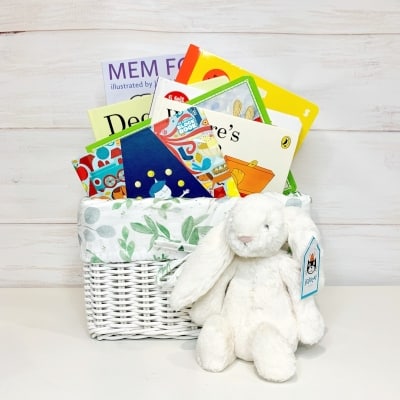
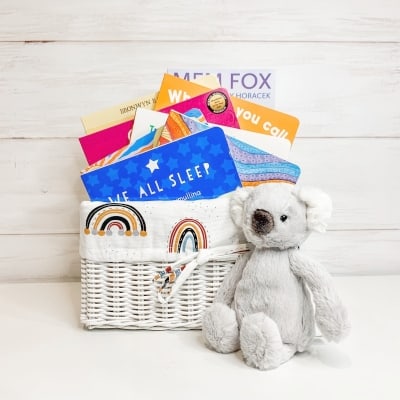
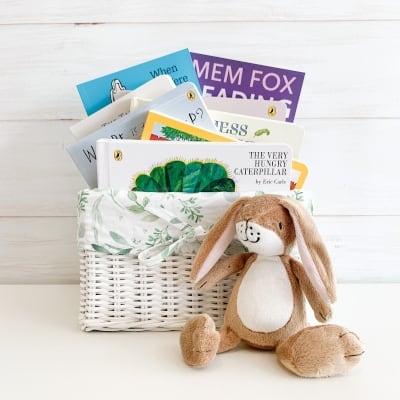
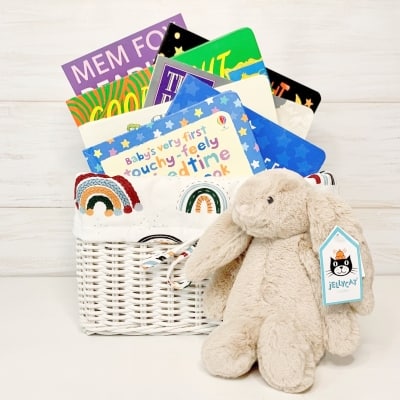
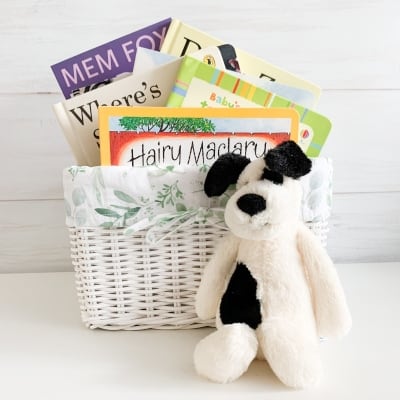
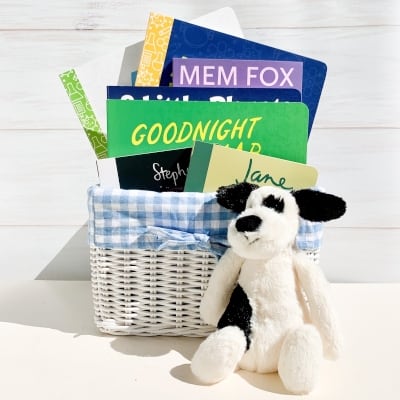
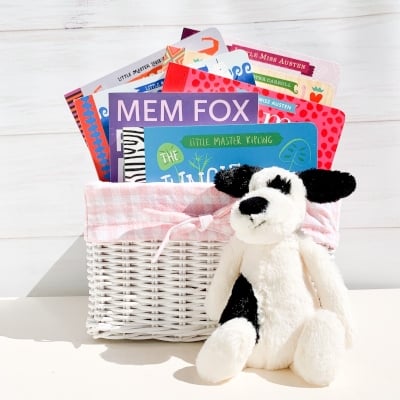
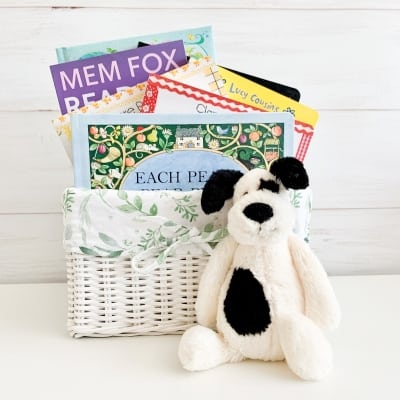
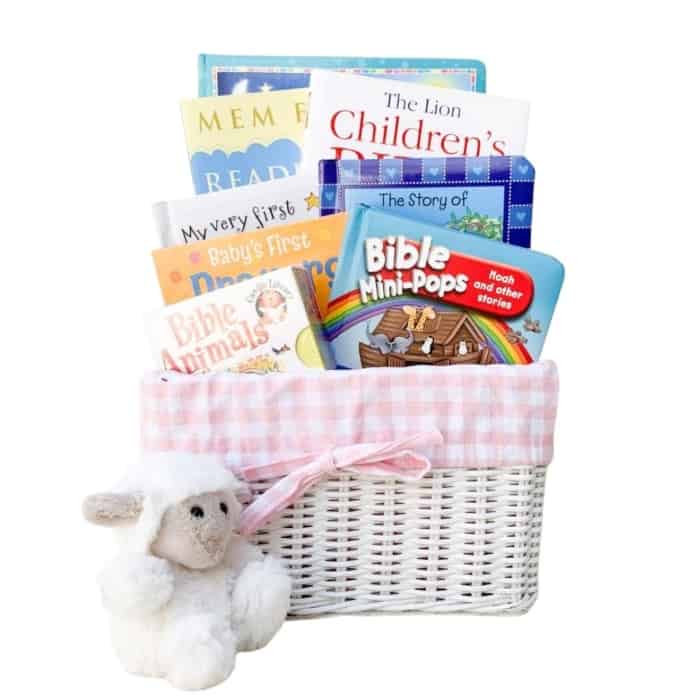
Kids have a hard time naming their emotions. They sometimes don’t know if they feel sad or angry; angry or just hungry. Reading, while being the perfect way to bond, entertain, and educate children, is also a great way to introduce them to the world of grown-up emotions they might feel. They can also learn to feel those emotions in a way not to hurt anyone, get help with bad emotions, and share positive emotions with somebody.
Thank you for this wonderful list of books. I have created a shorter one, but just as helpful if you want to take a look here https://aliciaortego.com/best-books-about-emotions/